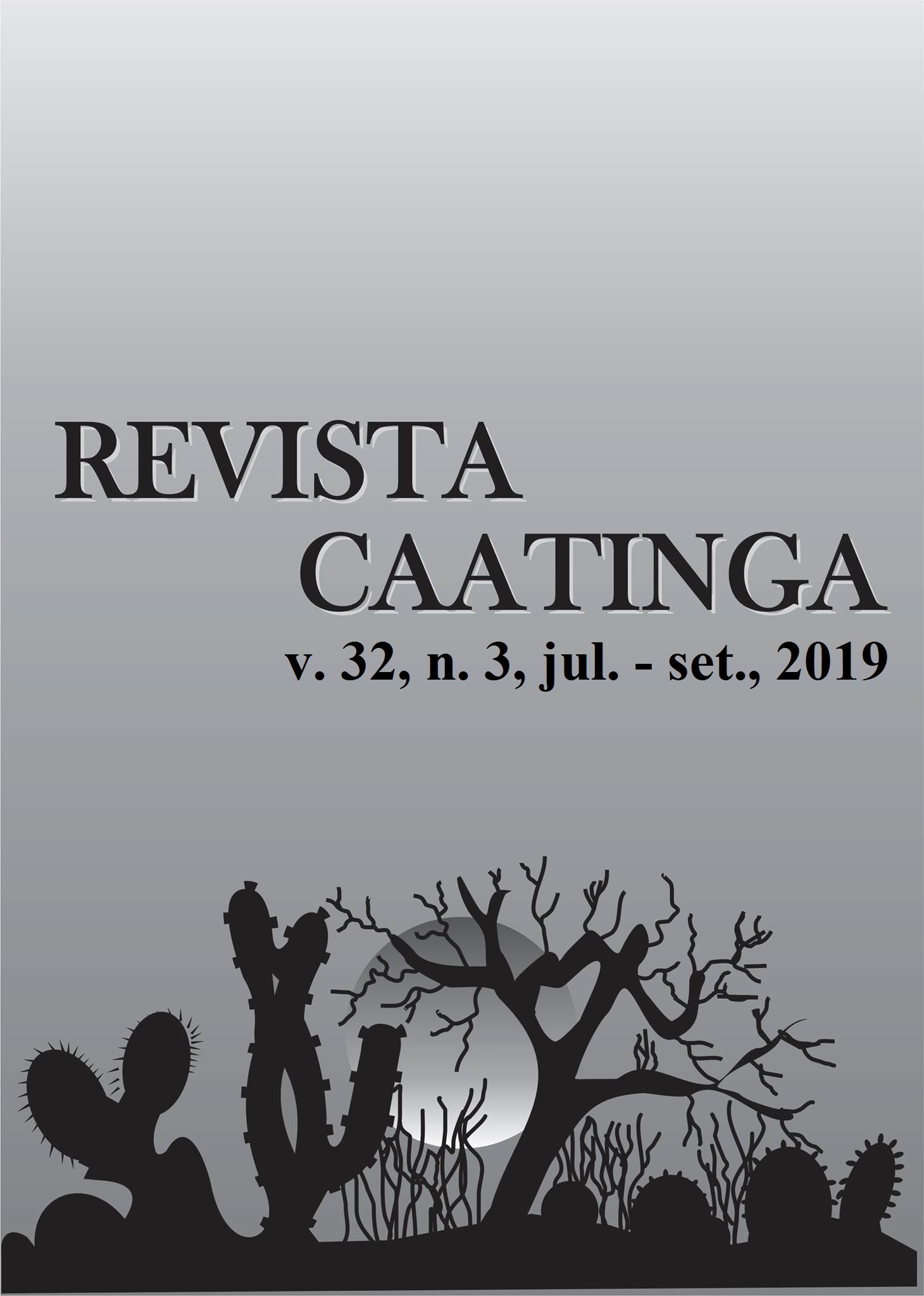RAMULARIA LEAF SPOT EFFECT ON YIELD AND FIBER QUALITY OF COTTON SUBMITTED TO FUNGICIDE APPLICATION
DOI:
https://doi.org/10.1590/1983-21252019v32n308rcKeywords:
Cotton. Disease control. Ramulariopsis gossypii. Fiber quality. Damage.Abstract
Ramularia leaf spot (RLS) is the major cotton disease in Brazil and one of the main causes of crop yield reduction. The disease causes defoliation, reduces photosynthetic capacity and causes premature opening of bolls. Due to the impact of RLS on the production of Brazilian cotton and the lack of scientific publications investigating the disease, the present work aims to evaluate the efficiency of fungicides in controlling disease and their impact on yield and fiber quality. Three field experiments were carried out during the 2014/2015 and 2016/2017 seasons in Planaltina, Federal District and Cristalina, Goiás. Experiments followed a randomized complete block design (4 blocks) and treatments consisted of the application of fungicides, plus a non-treated plot. The fungicide applications began preventively and were repeated every 14 days until six sprays had been completed. Severity of RLS was assessed and used to calculate the area under disease progress curve (AUDPC). Yield and cotton fiber quality were also evaluated. All fungicides had reduced AUDPC and obtained higher cotton yields in relation to the non-treated plot. Strobilurin-group fungicides (azoxystrobin, pyraclostrobin and picoxystrobin) showed low effectiveness when sprayed alone. The demethylation inhibitor fungicides (difenoconazole, epoxiconazol, tetraconazol and metconazole) were more effective than the strobilurins. The highest efficiency rates were achieved by application of pyraclostrobin + fluxapyroxad, pyraclostrobin + epoxiconazole + fluxapyroxad and fentin hydroxide. Disease severity affected cotton yield, causing losses from 14.8% to 31.7%. Resultant reductions in cotton fiber quality negatively affect the micronaire composition, altering the length, strength and uniformity of fibers.
Downloads
Downloads
Published
Issue
Section
License
Os Autores que publicam na Revista Caatinga concordam com os seguintes termos:
a) Os Autores mantêm os direitos autorais e concedem à revista o direito de primeira publicação, com o trabalho simultaneamente licenciado sob a Licença Creative Commons do tipo atribuição CC-BY, para todo o conteúdo do periódico, exceto onde estiver identificado, que permite o compartilhamento do trabalho com reconhecimento da autoria e publicação inicial nesta revista, sem fins comerciais.
b) Os Autores têm autorização para distribuição não-exclusiva da versão do trabalho publicada nesta revista (ex.: publicar em repositório institucional ou como capítulo de livro), com reconhecimento de autoria e publicação inicial nesta revista.
c) Os Autores têm permissão e são estimulados a publicar e distribuir seu trabalho online (ex.: em repositórios institucionais ou na sua página pessoal) a qualquer ponto antes ou durante o processo editorial, já que isso pode gerar alterações produtivas, bem como aumentar o impacto e a citação do trabalho publicado (Veja O Efeito do Acesso Livre).







